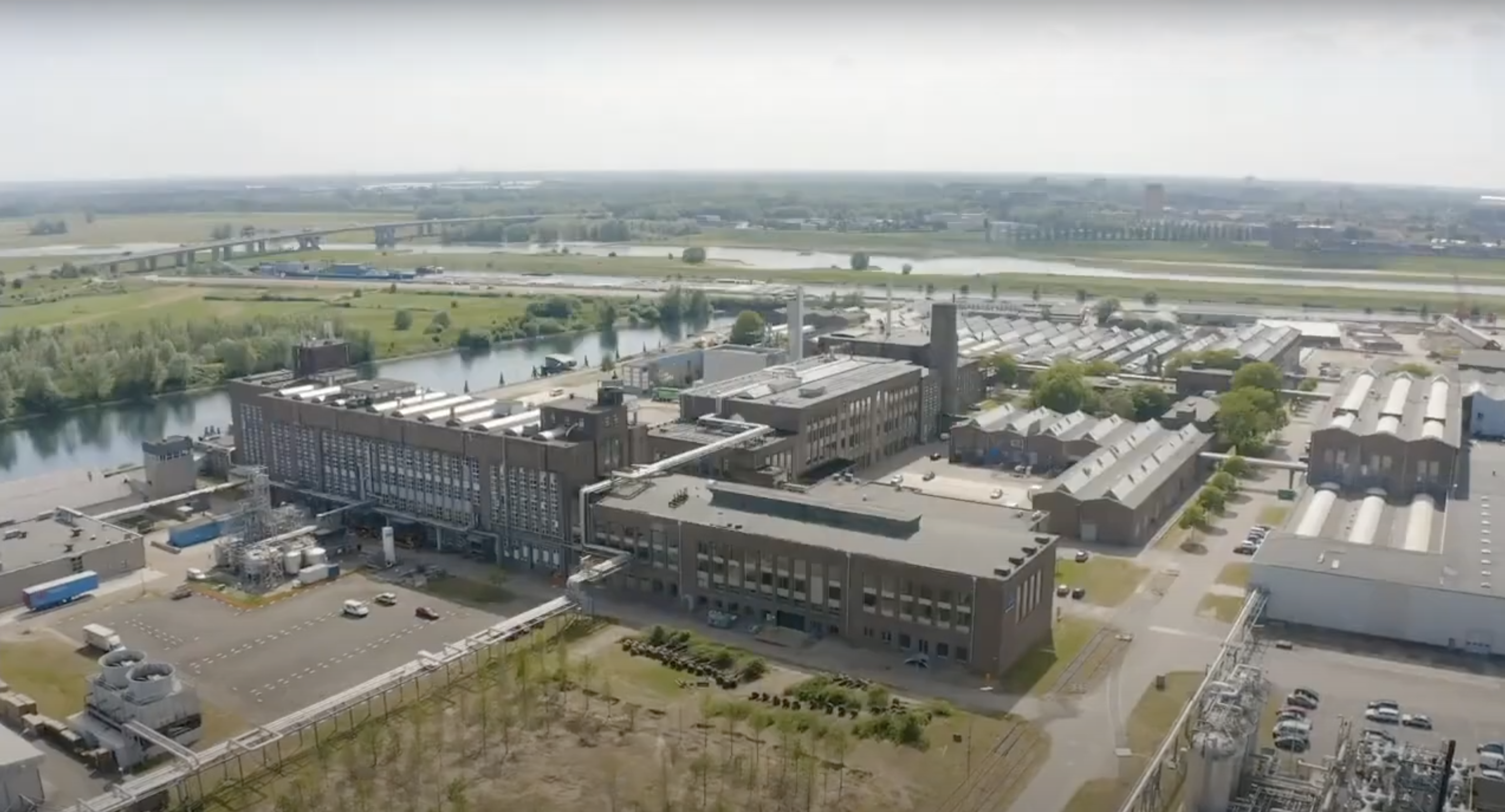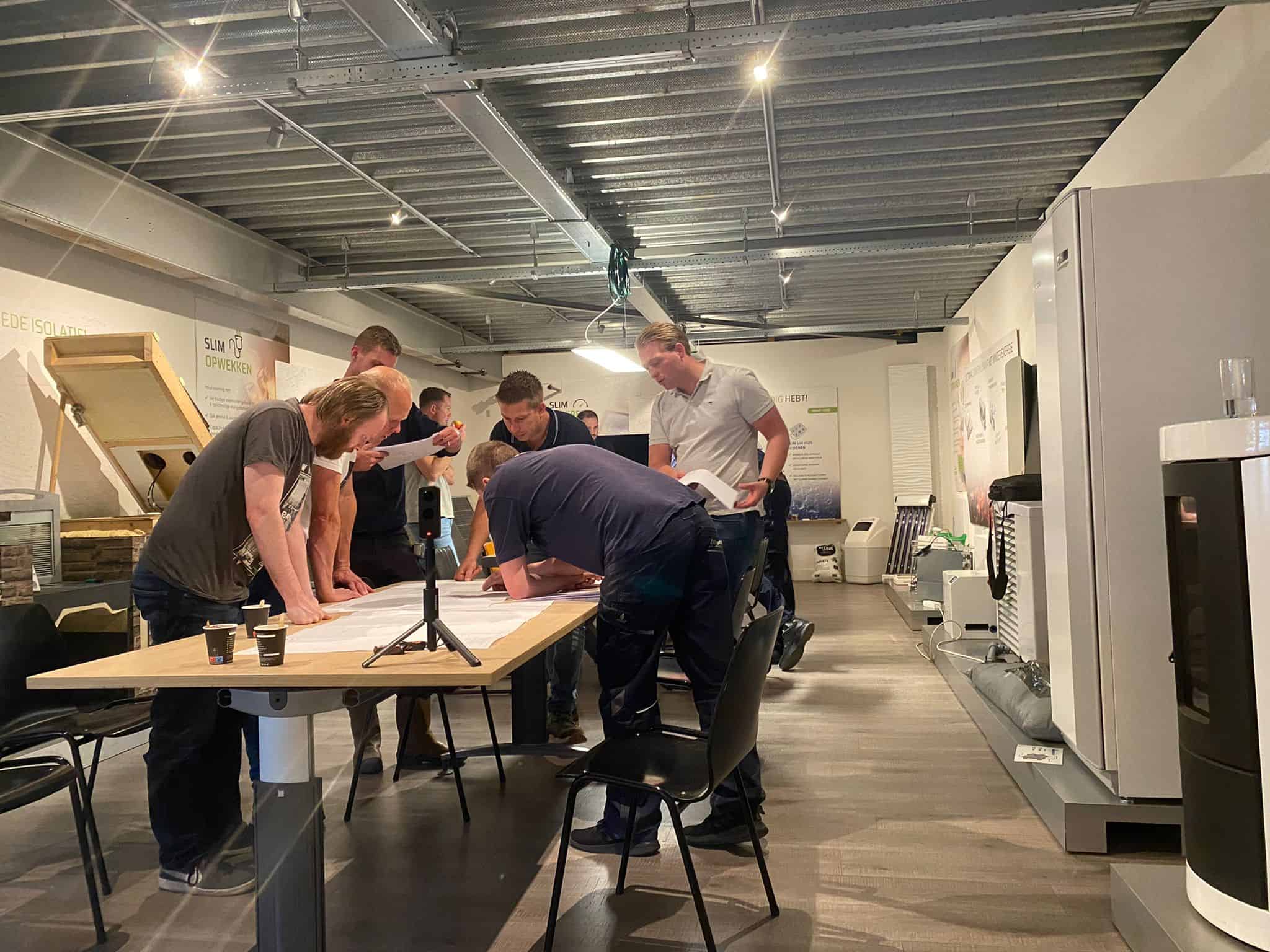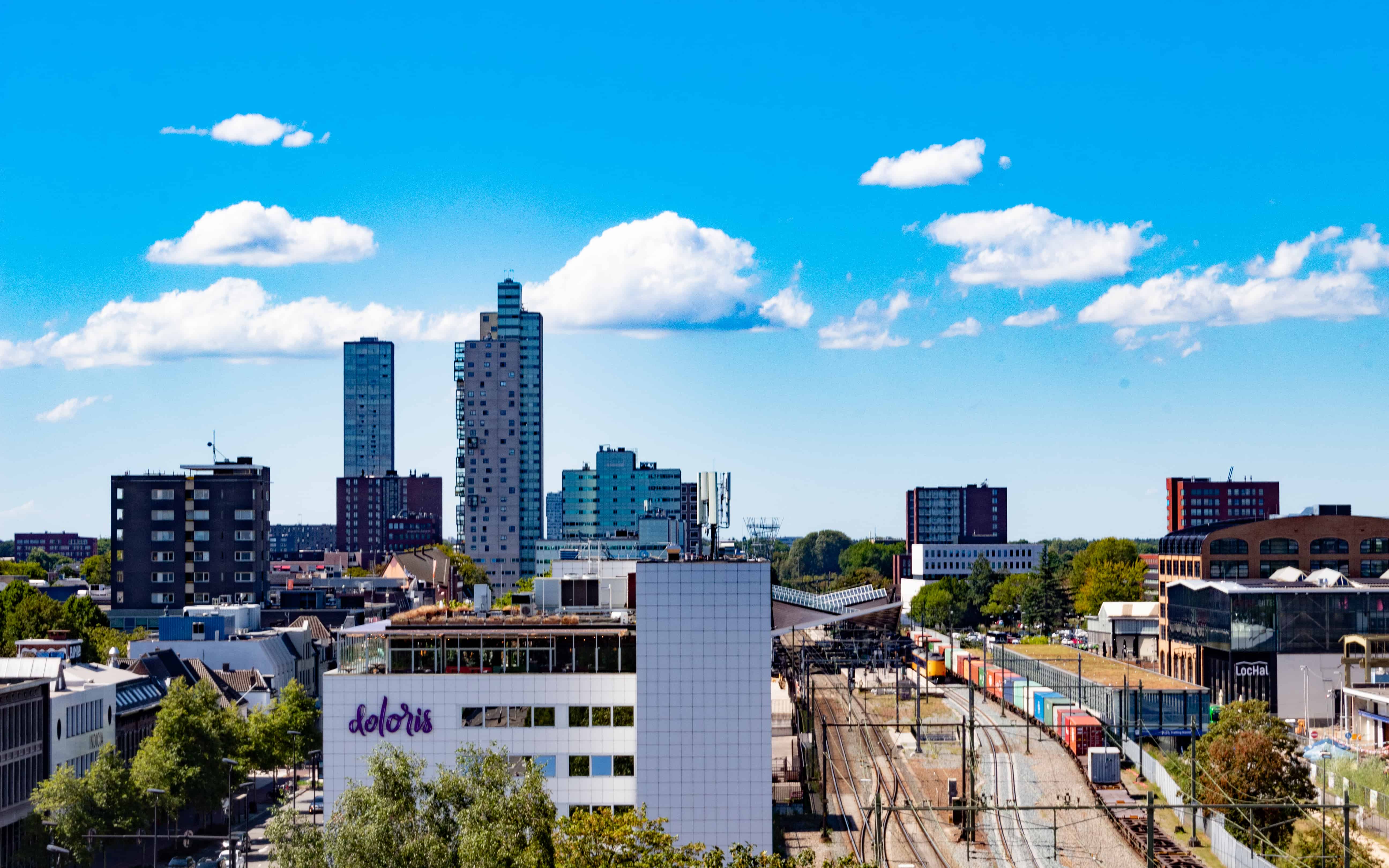
Connectr wants to be an inspiring place where research, education, startups, and established companies can use shared facilities and take a big step forward together.
Most of the necessary fragments are already present in the Arnhem-Nijmegen region, but the dots needed to be connected. It is the cohesion that can give Connectr – and ultimately, the whole energy transition – the extra push that’s needed. “With so many organizations together supporting this idea, it must be possible,” says Jeroen Herremans, civic entrepreneur of the Energy Cluster at The Economic Board. “The government, knowledge institutes, and the business community all support this structurally-strengthening investment for the Energy Cluster.”
The Economic Board is the driving force behind this. Herremans: “Knowledge institutions tend to look 10 years ahead, companies want to earn money right now, and governments are intertwined in between. These sectors must also stay together economically. The Economic Board can put this on the agenda from Lifeport, the regional innovation network, and from our mission-driven objectives. With the support of the triple helix (the 18-member board represents education, the government, and the business community) we give the push that is needed for co-creation or co-financing, for example. Even for a widely supported plan such as Connectr, it helps that the Board supports this, for example in the direction of governments”.
There is a large budget from the initiators of Connectr (province of Gelderland, municipality of Arnhem, HAN University of Applied Sciences, and Industriepark Kleefse Waard), which has to be tripled by participating companies, the national government, and Europe. Herremans is convinced that this will succeed. “The importance and added value are great for everyone: Connectr can give a strong impulse to the energy transition in the Netherlands, the human capital agenda of the region, and to the regional economy.”
A location and a program

The physical location for Connectr, within Industriepark Kleefse Waard (IPKW), is still under construction, but Connectr is at least as much a program as a location, says IPKW director Kevin Rijke. “An innovation program that allows initiatives in the field of energy to emerge and grow. A dynamic environment in which to learn, test, and apply. Where top talent from universities and colleges can find challenges and development opportunities, build upon new ideas, and actually put them into practice.” Rijke is particularly looking forward to the connections that will emerge from this: “This will enable us to drive both the energy transition and the economy. Researchers, businesses, and students together, that’s going to be a wonderful collision. From research to practice, from an idea to a company, this is going to be great.”
At the symbolic opening ceremony last summer, Director Sigrid Helbig of The Economic Board already called Connectr “a fantastic opportunity to build the future with young people”. According to her, Connectr will soon create a new ecosystem within Lifeport that will also attract new investors and participants. “Soon, all over the world, they will say: this is so beautiful, we wish we would have it!” For all those people who are now mainly looking at the high budget of the initiative (€ 140 million for 5 years) she does have a suggestion: “Try to take a good look at what it would cost if you wouldn’t do this.”
O-zone
An important role within Connectr lies with HAN, first of all, because Connectr builds on HAN’s O-zone. This initiative, which has now been completed, rests on three labs (the Mobility Innovation Center, the Energy for Sustainable Built Environment, and the Powerlab), which are seamlessly merging into Connectr. In addition, there’s also the hydrogen lab for almost a year now. HAN’s various technical professorships play a key role in this as a connecting factor between business and education. They provide the basis for the research with which students can get started. “It turns out to be a very pleasant formula to work with, especially because of the sustainability of the relationship with the regional business community”, says Yvonne de Haan, vice-chairman of the HAN’s Executive Board.
The campus started with 120 students but has since expanded to about 400 students per year, who are involved from their second year. They get an opportunity to get away from school and start working with companies. Students often find it much more fun than following the rules of their study books, although of course, these are still necessary. De Haan also emphasizes that this is part of ‘continuous learning lines’, from MBO to HBO, and from HBO to university. Connectr, therefore, has close contacts with TU Delft and RijnIJssel: their role is not yet as big as that of HAN, but that is only a matter of time, Herremans assures. “This is the right moment, there is a lot of energy”, adds De Haan. “And the central theme, energy, is not only topical and relevant, but it also fits very well in this region.”
Hydrogen

The Arnhem region indeed has a strong tradition in the field of energy. Herremans: “It is not for nothing that Minister Wiebes has already come to see our initiatives at the IPKW. It’s nice to see how hydrogen is becoming an increasingly important component in the energy transition. We’ll soon be seeing the same thing at Connectr. Via the presence of fuel cell producers, for example. The production of hydrogen has a binding force in this region. The more windmills we get at sea, the greater the need to convert our energy into hydrogen. But for that, you need electrolyzers. We are strong in the applications and components of these electrolyzers. The problem at the moment, however, is that the innovations are fragmented and mainly take place within the walls of separate companies. There could be more spill-over if we could work together; Connectr can solve that.”
Jerom Janssen, CEO of HyMatters, fully agrees with Herremans. “There is still a lot to be done to make the energy transition run more smoothly. Hydrogen can be an important component of this. But a good environment for ultimately being able to work competitively – also in terms of price – is then essential. If you want green hydrogen to be as cheap as oil and gas, you have to work together to solve all existing issues. At Connectr we have a large part of the value chain within walking distance. That’s what you need to scale up.”
KEMA Labs
Another player who is eager to get started within Connectr is KEMA Labs, the world’s largest testing and certification organization. KEMA Labs has been active in Arnhem for decades already. Peter Vaessen, innovation manager of the company that has recently been acquired by CESI, sees great responsibility for KEMA Labs around the energy transition. “The development towards sustainable energy is irreversible and that also means something for the hardware that has to be tested and certified by us. Power electronics in the grid, more direct current applications, fast chargers heading towards megawatts, high power electronic switches, and system testing; these are just a few of the new applications we want to be prepared for.”
KEMA Labs is now working on the business case for a commercial test lab at Connectr that can deal with all these changes. “We hope to be helped by the favorable conditions surrounding the financing of that lab. But that’s certainly not the whole story: our heart has been with Arnhem for years already, and what appeals to us enormously are the steps Connectr is now taking towards hydrogen, which is also an important line of development for us. Connectr will soon be filled with companies that are active in the same value chain as we are. Think of the builders of EV fast chargers and fuel cell grid interfaces. In addition, cooperation with educational institutes is essential: the students of all these courses may well be our colleagues in the future!”
Work in Progress
When Jeroen Herremans looks to that future, he sees a situation in front of him in which Connectr can further scale up and become a leader for the energy transition in Europe. “It’s obviously work-in-progress. This is not just one project; there are already four under the Connectr banner, but soon there will be many more. All as part of our mission-driven goals and all as building blocks for broader structural reinforcement. Once we’ve taken those first steps, a flywheel will kick in. Then you will attract other companies, including from outside the region and even from outside the Netherlands. Within the European Green Deal, where billions will go to the energy transition, it will soon become clear which parties have their business well together and are therefore relevant as part of the big mission. Who makes the most out of every euro invested? I am convinced that Connectr will certainly be part of that. Great to see that this important development will, in part, be advanced by The Economic Board, but most of all: it’s powered by Connectr!”








